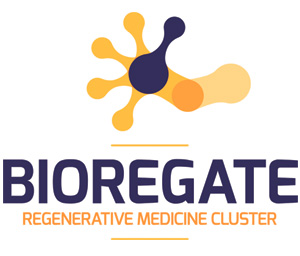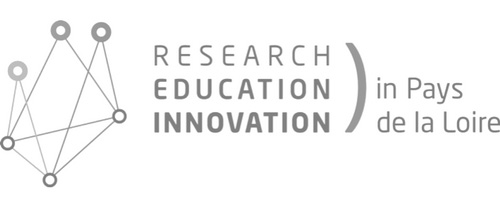Osteoarthritis (OA) is the most common degenerative musculoskeletal disease. It affects approximately 10 million people in France and is a major cause of disability in adults. Despite its impact on patients’ quality of life and on our public health systems, no effective treatment is available to date.
Like aging, OA is commonly described as the result of a disruption of cartilage tissue homeostasis where catabolic products like damage-associated molecular patterns (Damps), accumulate in the joint inducing cell senescence and reinforcing inflammation. Articular chondrocytes must rely on the autophagic process as the principal mechanism for the elimination of damaged and dysfunctional organelles and macromolecules. With age, this autophagic activity gradually decreases in the chondrocytes pushing the cells towards a senescent phenotype.
The decrease in autophagy and the increase in senescence both during OA and aging, raises the possibility that anti-aging factors may be exploited in the prevention or treatment of OA. Among anti-geronic factors, alpha-klotho (a-KL) appears to be one of the most relevant because several polymorphisms of the a-KL gene are associated with increased risk of OA and differential levels of mRNA encoding a-KL have been reported between OA and healthy joint cartilage. We hypothesize that the restoration of the expression level of the anti-ageing protein a-KL in articular tissues could play a role in maintaining joint homeostasis and thus represent a potential treatment for OA.
In order to stably restore the expression level of a-KL protein in joint cells gene therapy appears interesting. The use of recombinant adeno-associated viruses (AAV) has already shown its efficacy for the treatment of various pathologies such as hemophilia, retinal dystrophy or spinal muscular atrophy. However, due to the presence of neutralizing factors in the joint and the low number of AAVs exhibiting a joint tropism, gene therapy strategies targeting joint tissues are still poorly described and used.
Our objectives in this GenOA project are first to define the role of a-KL protein in osteoarthritis in order to determine if a-KL could be a therapeutic option for OA treatment. Then, in collaboration with the INSERM U1089 laboratory (Dir O. Adjali), we will produce recombinant adeno-associated virus derived vectors (AAV) to modulate in vivo the expression levels of a-KL and thus measure the therapeutic potential of a-KL in preclinical OA animal models. In order to propose an a-KL gene therapy for OA, we will firstly identify the AAV serotypes exhibiting the best tropism for joint tissues and secondly we propose to chemically modify the AAV serotype chosen (Patent INSERM U1089; WO2017212019-A1) in order to improve vector targeting and transduction efficiency of joint tissues (articular cartilage, synovial membrane…..). This innovative research project could lead to the development of new gene therapy strategies for OA by targeting anti-aging factors.

